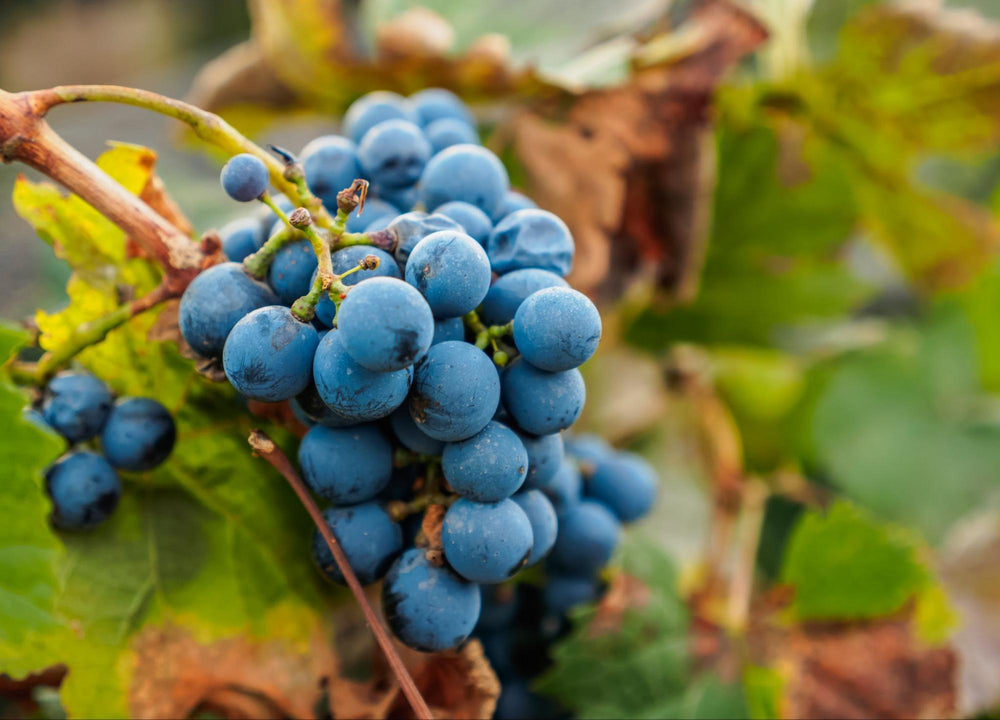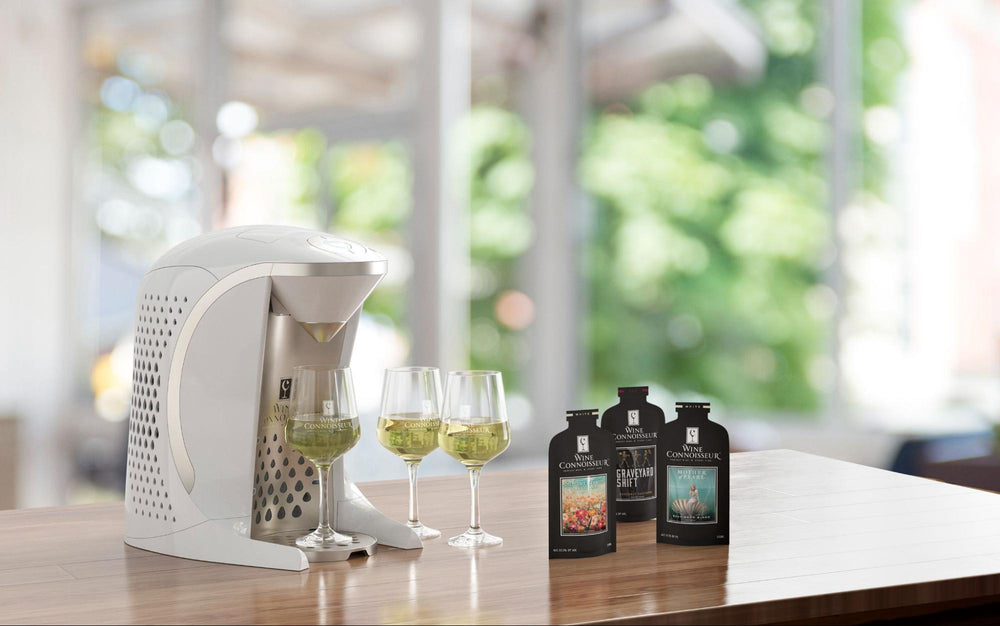How Barrels Can Affect Wine

From the soil to the climate to the shape of your glass, there are countless factors that play into the taste of a perfect glass of wine. One influence that’s often overlooked is the aging vessel.
The exact same wine aged in American oak will taste wildly different from wine aged in a stainless steel tank.
But how do winemakers choose between wood and steel?
Let’s dive in and learn all about how flavor-infusing oak barrels can shape each sip of your favorite vino.

The Impact of Oak
The oak in barrels affects wine in three major ways:
- Flavor Compounds — Wine well aged in oak will often take on the flavor compounds found within the wood such as coconut, clove, and vanilla.
- Ingress Of Oxygen — While a well-oxidized wine will taste balanced while serving, a well-oxidized wine during aging gradually breaks down the harsher compounds within the wine. This gives each sip a smoother taste and a less astringent body.
- Suitable Environment — During aging, wine undergoes many metabolic reactions, such as malolactic fermentation. This process transforms the acidic compounds within wine into creamy flavors, lending to the taste and texture found in a buttery Chardonnay.
While beer might allow flavor additives like coriander and orange peel, most winemakers don’t infuse additives into their varietals. So, oak aging is the primary way that winemakers can influence the taste of their wine beyond the vineyard.
Due to the vast multitude of compounds locked within the wood, oak aging allows for a great deal more complexity to be infused into each glass of wine.
Here are some common tertiary flavors that you might find in your sip from oak aging:
- Oak Lactone — notes of dill and coconut
- Furfural — burnt almond and sugar or dried fruit
- Vanillin — delicious vanilla undertones
- Eugenol — notes of spice and cloves
- Guaiacol — slightly smoky, even burned undertones
American Oak Vs European Oak
The main difference between varying types of oak is in the density of the wood. For example, American oak is said to be slightly less dense than European oak. These increased air pockets allow for slightly more lactones and oxygen to be infused within the wine than a similarly aged wine locked within European oak.
In general, American oak is best suited for bolder wines such as a complex Cabernet Sauvignon and Petite Syrah. These full-bodied wines can handle the increased oxidation and more structured flavors that come with American oak.
Meanwhile, lighter wines such as Pinot Noir and Chardonnay are best suited for European oak. The decreased oxygen ingress allows for the more subtle flavors within these wines to shine.
The Different Types of Oak Barrels
The size and age of the barrels also have a significant impact on the amount of oak flavor that will be infused within the wine. Smaller barrels have a higher surface area to volume ratio, leading to more direct contact between wine and barrel.
Most barrels come in the sixty-gallon variety, though smaller barrels are also used to infuse a bit more oaky flavor. These smaller barrels average at around thirty gallons.
If you were wondering how many bottles of wine are in a barrel, the answer is 300 bottles! That means that about 1500 of our beautiful 150mL sachets would fit inside a single barrel. That’s a lot of wine between those wooden walls.
Unfortunately, oak barrels lose a few of their signature compounds with each passing use, so they have to be replaced every few vintages.
Tannins from wood transfer into the wine, giving wine a stronger structure. The wood stabilizes the tannins from grape skins, giving them a slightly silkier body.
After a few years of imparting powerful compounds into wine, new oak loses much of its original shine and is thus deemed “neutral.” This simply means that the wood no longer imparts significant tannin or flavor to the wine.
Of course, this can still be desirable for wines that prefer aging in a slow oxygenation approach like an Amontillado Sherry.

What Is Barrel Aging?
Barrels are the main component in the process known as élevage. This French term roughly translates to “upbringing” which is exactly what wine is doing on its journey from fermentation to your first sip.
Depending on the wine, élevage can take anywhere from a few months to a few decades. Throughout this time, the flavor compounds within wine are allowed to comingle and mature.
The winemaker’s choices during this process leave a significant imprint on the taste of the final product. Today, one of the first choices for winemakers is whether to age in steel tanks or oak barrels.
What About Steel Aging?
In contrast to oak barrels, steel barrels impart no flavors during the winemaking process. They’re simply there to hold the wine as it ages and allow the flavors to mingle.
This aging process is perfect for fresh, bright wines. Those signature fruity aromas degrade with too much exposure to oxygen. Steel barrels preserve those aromas while allowing the wine as a whole to become a more cohesive structure.
Steel aging is much more popular for white wines, as these wines don’t have significant tannins to mature.
Some of your favorite wines that might have been aged using the steel approach are:
- Pinot Grigio
- Albariño
- Cabernet Franc
- Grenache
- Riesling
- Sauvignon Blanc

Appreciate Oak With The Wine Connoisseur
Neutral grapes such as Chardonnay are often aged in oak to impart a bit more complexity. Stainless steel aging is usually reserved for bright, aromatic grapes such as Riesling whose distinctive palate would be muddied with excessive oak aging.
Unfortunately, you won’t be able to taste those complex oak notes if your wine isn’t served properly.
To ensure stress-free perfection with every sip, use a personal sommelier system like the Wine Connoisseur. With a single-serve design, this wine dispenser is expertly crafted to calibrate each varietal to its optimal serving temperature and oxidation level without any hassle on your part.
So go ahead — seek out wines aged in the finest oak. See if you can parse out hints of creamy vanilla, toasty coconut, or subtle spice. Just remember that it will be a lot easier to discover those flavors with an optimally oxidated glass under your nose.



